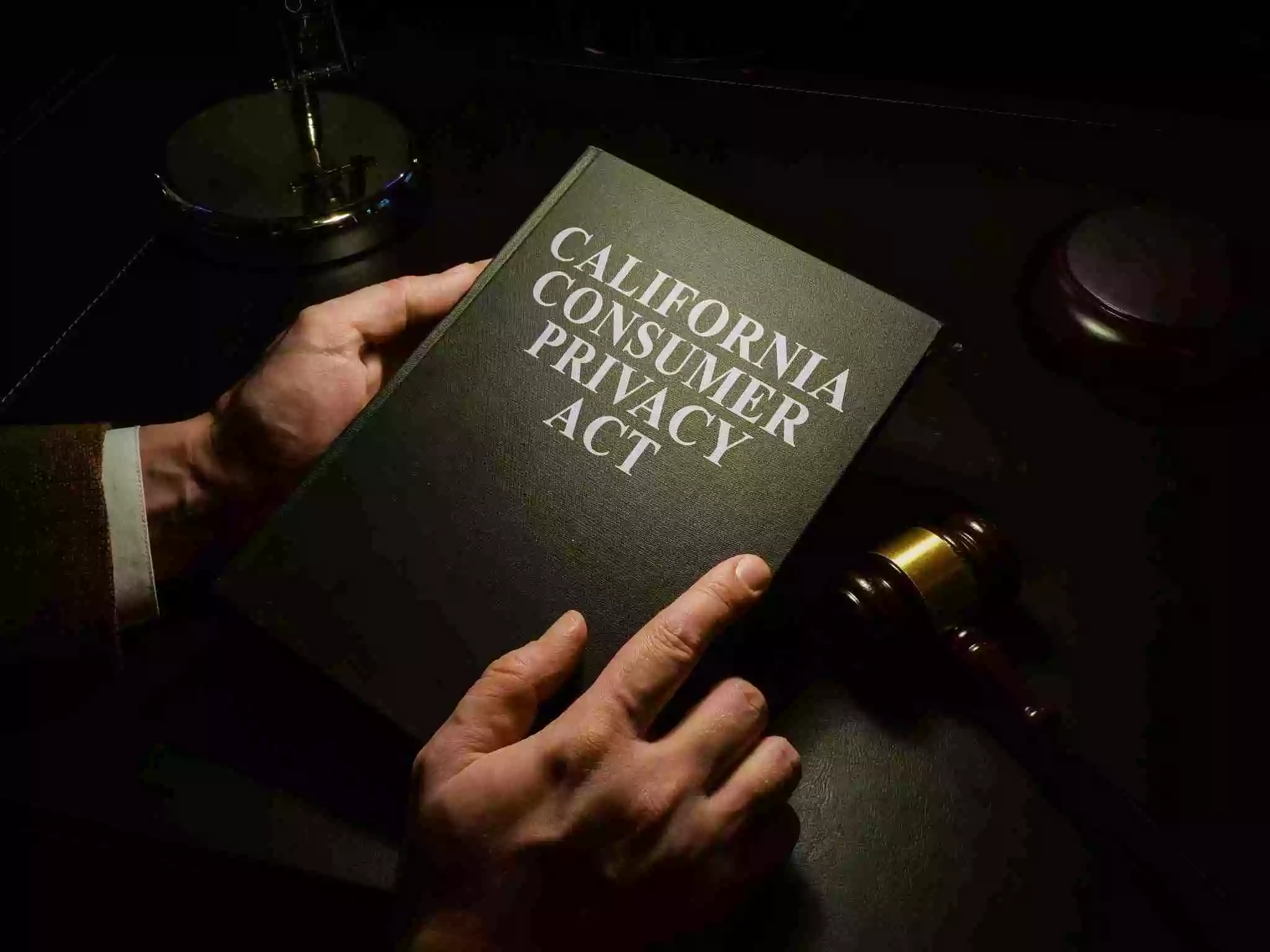Understanding Dark Patterns
Definition and Impact
Dark patterns are user interface designs that manipulate or trick users into performing actions they didn’t intend to do. These deceptive practices can substantially subvert or impair user autonomy, decision-making, or choice. The California Consumer Privacy Act (CCPA) explicitly prohibits the use of dark patterns to obtain valid consumer consent.
CCPA Enforcement
Regulatory Scrutiny
The California Privacy Protection Agency (CPPA) has made dark patterns an enforcement priority. They’ve issued guidance emphasizing that a business’s intent is irrelevant; what matters is the effect on consumers. Publishers must ensure their user interfaces don’t confuse consumers or make it less likely for them to exercise their privacy rights.
Key Requirements
Avoiding Dark Patterns
To comply with CCPA and avoid dark patterns, publishers should:
- Use easy-to-understand, plain language
- Provide symmetry in choice
- Avoid confusing language or interactive elements
- Steer clear of choice architecture that impairs consumer decision-making
- Make processes easy to execute without unnecessary friction
User Interface Design
Best Practices
Publishers should carefully review their consent management platforms and user interfaces. Ensure that privacy-protective choices are as easily accessible as less privacy-protective options. Use clear, jargon-free language and avoid making privacy-friendly options more time-consuming or difficult to reach.
Enforcement Risks
Potential Penalties
If the CPPA determines that consumer consent was obtained through dark patterns, it may consider all related data processing activities unlawful. This could result in civil penalties of up to $2,500 per violation, or $7,500 for willful violations.
Beyond California
Wider Implications
While California leads in regulating dark patterns, other states like Colorado and Connecticut have similar provisions in their privacy laws. Additionally, the Federal Trade Commission has signaled its intention to prioritize the elimination of dark patterns under its authority to prevent unfair or deceptive trade practices.
Self-Assessment
Evaluating Compliance
Publishers should regularly assess their user interfaces by asking:
- Is the language simple and free of legal jargon?
- Are privacy-protective choices as easily accessible as less protective ones?
- Does the interface avoid unnecessary steps for privacy-friendly options?
Prioritizing User Autonomy
By focusing on clear communication, equal choice presentation, and user-friendly design, publishers can navigate CCPA compliance and build trust with their audience. Staying informed about evolving regulations and prioritizing user autonomy in interface design is crucial for long-term success in the digital publishing landscape.

